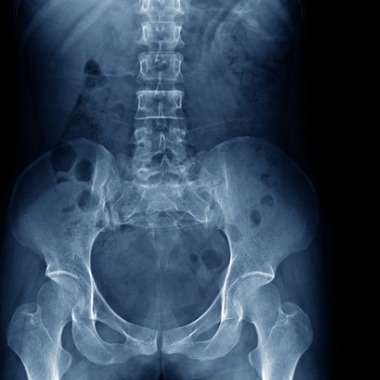A Simplified Guide to Getting an SI Joint Injection
If you suffer from SI joint pain, you may have tried a variety of treatments, from physical therapy to medications. In some cases, your doctor might suggest getting an SI joint injection as a way to both diagnose and treat your pain. However, before getting an SI joint injection, it may be helpful to understand what the injection entails.

Types of SI Joint Injections
There are two types of SI joint injections: diagnostic and therapeutic. Diagnostic injections are used to help identify the source of your pain, while therapeutic injections are used to alleviate pain and inflammation. To determine if SI joint injections are right for you, your doctor will perform a physical examination and review past medical history and imaging.
Diagnostic SI Joint Injections
Diagnostic injections are typically performed with a local anesthetic to numb the area around the SI joint. Your doctor will then use a fluoroscopic-guided SI joint injection to guide the needle into the joint. After the needle is in place, a small amount of contrast dye is injected to confirm the needle is in the correct location.
Your doctor will then inject a combination of local anesthetic and steroids into the joint. A diagnostic SI joint injection is considered positive or confirmatory if it leads to a noteworthy reduction in SI joint pain (over 75% relief) after the injection. If the injection does not bring at least 50% relief, it is less probable that the SI joint is the primary cause of your discomfort.
Therapeutic SI Joint Injections
Once the SI joint is confirmed as the source of your pain, a therapeutic SI joint injection may be recommended. Therapeutic injections are similar to diagnostic injections, but the goal is to alleviate short-term pain and inflammation. These injections contain a local anesthetic and corticosteroids. Corticosteroids may have potential side effects. Therefore, your doctor may prescribe a maximum of three therapeutic injections for your treatment in the first year.
The duration of pain relief following an SI joint injection varies from person to person. While some individuals experience relief lasting several months, others may only feel better for a few days or weeks. In some instances, individuals may require multiple therapeutic injections over several years, but the duration of relief may decrease with each subsequent injection. Over time, the duration of relief may become shorter until the injections are no longer effective.
What Does an SI Joint Injection Feel Like?
Before the injection, your doctor may apply a local anesthetic cream or spray to numb the skin. During the injection, you may feel pressure or a slight pinch, but it is generally well-tolerated. After the injection, you may experience some soreness or discomfort at the injection site for a few days, but this can usually be managed with over-the-counter pain medication.
Keeping track of your symptoms after diagnostic and therapeutic SI joint injections is essential. A significant decrease in SI joint pain after a diagnostic injection indicates that the SI joint is likely the source of your pain. To help with diagnosis, consider maintaining a pain diary and recording your symptoms in the hours and days following the injection. This information can help your healthcare provider determine the best course of treatment for your specific needs.
Find a Long-term Option for SI Joint Pain
Sometimes, SI joint injections do not provide patients with lasting relief. In such cases, finding a long-term treatment option becomes crucial. PainTEQ offers the LinQ SI Joint Stabilization System, an innovative treatment option designed to provide long-lasting relief for SI joint pain. Contact PainTEQ to find a provider near you and take control of your pain. As a physician, partnering with PainTEQ may help you boost patient satisfaction and improve your practice. Learn more about becoming a PainTEQ provider by clicking here.



